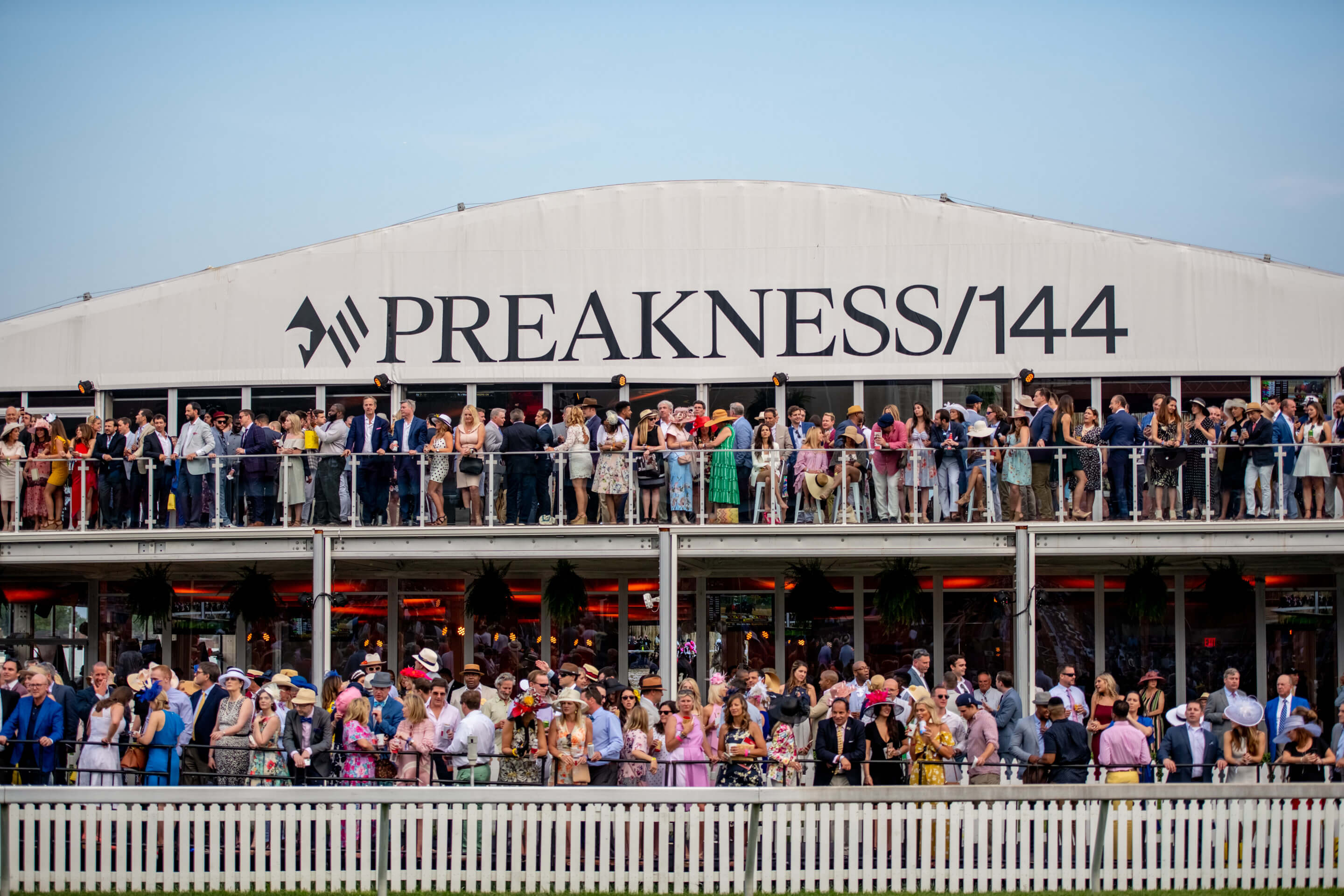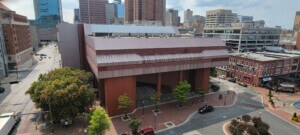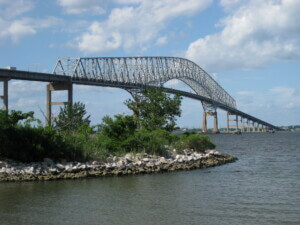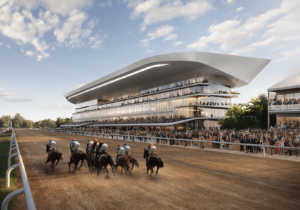This week, after reviewing proposals from 10 design teams, the state of Maryland selected Baltimore’s Ayers Saint Gross to lead a team that will design a new home for the Preakness Stakes in Baltimore, the second leg of the Triple Crown of Thoroughbred Racing.
Ayers Saint Gross will serve as the architect of record. Other design consultants on the team include the multinational stadium designer Populous, listed as design architect and “equine specialist,” and the Boston-based CambridgeSeven Associates, listed as the consultant for a horseracing museum that will be part of the project.
The Maryland Stadium Authority, a public agency, voted unanimously to hire the 29-member architectural and engineering team to design new facilities for two existing race courses in Maryland: Pimlico Race Course in Baltimore and Laurel Park in Laurel, part of a $375 million plan to keep the Preakness in Baltimore.
Part of the funds approved by the state legislature last year will be used to rebuild the clubhouse and other aging facilities at Pimlico so that the 100-acre property can continue to host the Triple Crown. The Preakness draws national attention and upwards of 100,000 people to Baltimore each May, making it one of the largest annual sports events in Maryland.
Additional funds will be used to rebuild the Laurel Park facility in Anne Arundel County to serve as the main setting for horseracing in Maryland other than the Preakness and events leading up to it.
Under the state’s plan, Pimlico will be used as an events venue and community hub when not hosting the Preakness, and approximately half of the land will be made available for private development, including offices, stores, restaurants, and medical offices associated with a nearby hospital.

State officials were looking for a team to design a multi-purpose facility that could accommodate both the Preakness in May and other gatherings and conferences the rest of the year. The museum will tell the story of horseracing in Maryland from the colonial era to the present.
Other groups that sought the commission were headed by Grimshaw Architects in London; the IBI Group of Toronto; and CallisonRTKL; Design Collective; Ewing Cole, Gensler, HKS, AE7 and Perkins Eastman. This was not a competition, so no designs have been prepared and any preliminary designs are not binding.
Located at 5201 Park Heights Avenue, north and west of the city’s downtown and rejuvenated waterfront, Pimlico Race Course opened in 1870 and has been home of the Preakness Stakes since 1873. It sits between a well-off section of the city, Mount Washington, and a part of town that is targeted for revitalization, Park Heights.
Gary McGuigan, executive vice president of the stadium authority, said Ayers Saint Gross was chosen because a seven-member selection panel determined that it had the best interview, the best technical response, and offered the lowest fee.
Ayers Saint Gross was founded in 1915 and has grown into a multi-disciplinary firm active around the country. Much of its work is for colleges, universities, and cultural facilities. In Baltimore, it has previously collaborated with leading designers such as Stephen Behnisch and Renzo Piano.
By adding Populous, the team has one of the leading equestrian architects in the country in Todd Gralla, a principal whose formal title is Director of Equestrian Services and who gives talks on subjects such as “global trends in equestrian development.”
Gralla’s past and present projects include the 2012 London Olympic Equestrian Venue; the Hong Kong Jockey Club; the Brisbane Racing Club; Al Faya Equestrian Resort and Racecourse in Abu Dhabi UAE; Ascot Racecourse; the National Western Complex in Denver, and Churchill Downs, home of the Kentucky Derby.
The stadium authority wanted expertise in equine-related design because part of the Pimlico makeover will likely involve “rotating” the existing oval track that has been in place since 1870. Populous and Gralla had been part of a separate consulting team that completed preliminary studies to help obtain state funding for the project.
When the state sought proposals for the final design last summer, Ayers Saint Gross took the lead in assembling the team. In addition to serving as the architect of record, its roles for both locations will include project management, landscape design, interior design, graphic design, signage and wayfinding, and environment graphics, according to the stadium authority.
Populous spun out from HOK Sport, which was the lead designer for Oriole Park at Camden Yards and M&T Bank Stadium, home of the Ravens. The stadium authority was the client for both.
Populous’s roles for Pimlico and Laurel Park, according to the stadium authority, will be design architect, equine specialist, event specialist, planning and interior design, branding and wayfinding, for both sites.
Cambridge Seven has been the architect for most phases of the National Aquarium in Baltimore, dating back to its 1981 opening, and recent renovations of the Port Discovery children’s museum in Baltimore, among other cultural projects.
Applied Archeology & History Associates is the archaeologist. Greg Johnson will lend his expertise as a “turf and track’ consultant. Cicada Architecture/Planning Inc. of Philadelphia is the fourth architect on the team.
Floura Teeter Landscape Architects, a woman-owned firm based in Baltimore, will work on landscape design along with Ayers Saint Gross. In all, a third of the 29 consultants are either minority-owned or women-owned.
McGuigan said the design work will begin immediately and is expected to take about two years for both locations. He said a construction timetable will be determined once the stadium authority brings on a construction manager, which it is in the process of selecting.











